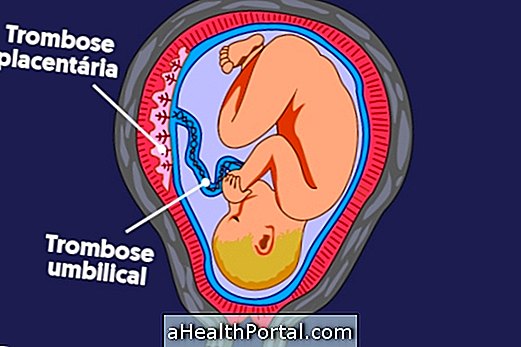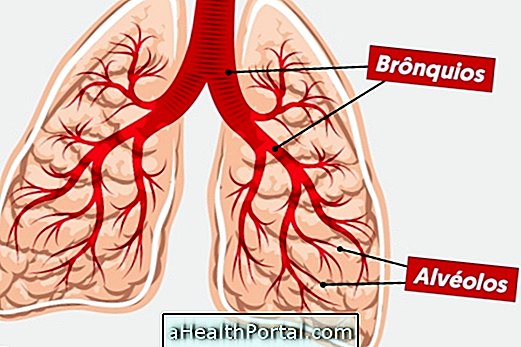The fetal biophysical profile, or PBF, is an examination that assesses fetal well-being from the third trimester of gestation and is able to evaluate the baby's parameters and activities, from body movements, breathing movements, growth volume of the amniotic fluid and heart rate.
These parameters are important because they reflect the functioning of the nervous system of the baby and its state of oxygenation, so that, if any problem is identified, it is possible to perform the treatment as soon as possible, with the baby still inside the uterus.

When it's necessary
Fetal biophysical profile examination is especially indicated in cases of pregnancy with an increased risk of complication, which may occur in situations such as:
- Baby with lower than expected growth for the gestational age;
- Presence of low amniotic fluid;
- Pregnant with the development of pregnancy diseases such as gestational diabetes, high blood pressure or pre-eclampsia;
- Multiple pregnancy with 2 or more fetuses
- Pregnant woman with heart, lung, kidney or hematologic diseases;
- Pregnant woman aged much above or far below considered safe.
In addition, some physicians may request the fetal biophysical profile only to help ensure a successful pregnancy, even when the pregnant woman has any gestational risk, although there is no evidence of the benefit of this practice.
How is done
Fetal biophysical profile examination is performed at obstetrical clinics, usually by performing ultrasound, to observe the baby, and by using sensors that detect heart beats and blood flow.
To perform the test, the pregnant woman should wear light and comfortable clothes, be well fed to avoid hypoglycaemia and remain seated or lying in a comfortable position.
What is it for
With the realization of the fetal biophysical profile, the obstetrician can identify the following parameters:
- Feta tonus, such as head and trunk position, adequate flexion, opening and closing of the hands, suctioning movements, closing and opening of the eyelids, for example;
- Movement of the fetal body, such as rotation, stretch, thorax movements;
- Respiratory movements of the fetus, which demonstrate if respiratory development is adequate, which is related to the vitality of the baby;
- Amniotic fluid volume, which may be decreased (oligodrhamium) or increased (polyhydramnios);
In addition, measurement of fetal heart rate is also done, measured through association with the fetal cardiotocography examination.
How is the result given?
Each evaluated parameter, in a period of 30 minutes, receives the score of 0 to 2, being the total result of all the parameters is given with the following notes:
| Punctuation | Result |
| 8 or 10 | indicates normal examination, with healthy fetuses and with a low risk of suffocation; |
| 6 | indicates a suspected test, with possible fetal asphyxia, and the test should be repeated within 24 hours or indicate interruption of gestation; |
| 0, 2 or 4 | indicates a high risk of fetal asphyxia. |
From the interpretation of these results, the doctor can identify early changes that may endanger the life of the baby, and can be carried out in a shorter way, which may include the need for preterm delivery.
























